In 1977, I got my first job at a small community newspaper in NDG in Montreal – The Bargain Hunter.
It was a weekly tabloid and my job entailed laying out the newspaper, overseeing the typesetting, creating ALL of the advertising, pasting up the newspaper stories, doing all the dark room film work prep and stripping the film in preparation for printing.
It was a great job and I loved it. I had a large production area – laid out with several angled counters, which worked as a 30 foot drafting table so I could work on multiple pages at the same time. I started work later in the day, around 10 and worked until 6 or 7 pm and that suited me just fine. I would walk to work from my little basement apartment on Clanranald through NDG Park in the mornings and along Sherbrooke Street, usually picking myself up a bagel along the way.
By the end of each day, the sales reps had brought their ads in and in the evenings when it was quiet, I would sit and create the ads. The next day, the typesetter would create the strips of type and I would prepare drafts ads for the sales guys to take for approval from the clients.
I was really happy. And it paid me $8.75 an hour, which I thought was just fine.
Towards the end of my first year, one of the regular advertisers asked me to come to the offices after hours one evening to meet with me. He asked me if I would do his advertising as a client rather than my simply doing ads for the one community newspaper and Steve Inks was founded. I had an actual client.
The store was called La Place and over the next 10 years, I would go on to develop a store mascot for the company and create their advertising, which always featured this character with one of the products the store carried – I have featured several of these drawings below – which appeared in the Montreal Gazette, Le Journal de Montreal, La Presse, The Globe and Mail, The National Post and many others.
All of a sudden, I had a second stream of income. Life was good. I moved out of my basement apartment and rented a nice upper duplex on Old Orchard Boulevard in NDG.
I worked hard at the newspaper and was happy but like all young men, wanted a bit more money. In 1978, I was approached by Quebecor and asked to become Production Manager for their weekly newspaper, The Sunday Express. They offered me a 30% pay raise. It was in the east end of Montreal on St. Laurent Street, a very trendy part of Montreal. I bought myself a Kawasaki 400 so I could get to work. They had a parking garage and I could park inside and thought I had it made.
After work, twice a week, I would drop by La Place, which was also on St. Laurent Street and pick up their ad work then work in my studio in NDG at night. At this point, between my full time job and my own studio, I was making enough money to buy a house. I was only a few years out of college and my classmates asked me how I had possibly done that.
In early 1980, I left the Sunday Express and took a job at an Advertising Agency called RPM Communications as an Art Director and kept my client, La Place. I learned a lot about the ad business and realized I could illustrate storyboards for television advertising and started freelancing at night for another small ad agency in Montreal – Greenhouse – which was owned by Robert Shulman, and he let me present him with my concepts, which gave me a lot of confidence, so I rented a small studio space in the same building I was working in as an Art Director.
I was basically leaving my job at 5 pm each day and going down two floors to have a quick dinner and start my second job – sometimes until midnight, before heading home. I was young and I was excited to be earning more money and seeing my work in every newspaper in Montreal. It was what I had studied for and I was loving life. I got to take actual vacation to Mexico. I fixed up my old MG Midget so it was more reliable.
Greenhouse had some great Montreal clients, like Steve’s Music Store, and they were doing television commercials and needed someone to illustrate their storyboards. I told Robert I could do that and he started trusting me with this. I would meet with the Art Director, who would brief me on the concept of the commercial and I would illustrate either 24 or 36 panel boards.
In 1981, I met someone at IBM Canada in Place Ville Marie at a fitness class and shortly after started doing some cartoons for them (above). About a year after landing them as a client, they asked if I could handle the design of some of their brochure and manual booklets, as well as handle the printing, which I quickly learned I could mark up and sell back to them and I thought – Hey, that’s a nice way to make some extra money off the work I am doing.
Then in late 1981, one of the salesmen for O’Keefe Printing, a company that was also using my creative services, asked me if I would mind meeting the owner of the company and brought Brian O’Keefe to meet me one night. After several weeks of negotiations, I agreed to bring along the clients I retained from my studio and work with the company to increase their client list and build sales.
At the time, I was getting work from multiple ad agencies, IBM Canada and La Place and several other Montreal companies. I knew nearly all the art directors in the city since I had gone to college with a lot of them and I knew the photographers and illustrators. Most of us were young and hungry and trying to find our way. I knew the Montreal Agency Biz. More importantly at the time, I knew printing and the production process.
At that point, I had more work than I could handle and I needed a team behind me. O’Keefe offered me all the in-house production I required – a typesetting department, a full service service printing shop, a camera room, a staff of 40 people, a base salary and a healthy commission structure. They bought me a new car and gave me an expense account AND set up a small studio for me to work in after hours, plus by this point, I kept a studio at home.
In 1983, IBM awarded me with the contract to launch their System 36. This included creating forty separate manuals. It was an enormous project for me and took almost a full year to launch. Part of the launch included educating clients and users on the shift from Tape Drives to Diskettes, which I illustrated by creating characters out of the products (see below) and IBM then had me create posters, which we posted around the offices.
One of the machine’s optional features was an off-line storage mechanism that utilized “magazines” – boxes of 8-inch floppies that the machine could load and eject in a non-sequential fashion. The smallest S/36 had 128K of RAM and a 30 MB hard drive. The largest configured S/36 could support 7MB of RAM and 1478MB of disk space. This cost over US$200,000 back in the early 1980s. That’s just wild to even think about in 2024.
In retrospect, that launch is what spurred my ongoing interest in computers.
By now, my client base included nearly every top Montreal Ad Agency – Grey Advertising, Cossette Communications, Ogilvy & Mather, Moscovitz & Taylor, J. Walter Thompson and Greenhouse, later bought by Grey.
I hired a full time assistant – a young man who is still my friend to this day – Tom Liszt.
Not everything was perfect though. While I was really enjoying the success, by 1985, it was difficult for me to balance life. I couldn’t choose between the creative work and the sales/marketing work. I liked both.
I was also being headhunted regularly and found that difficult. I was young and businessmen were offering me a considerable amount of money. It confused me at the time and flattered me.
I wasn’t sure which way to focus my career on at this point. Was I a cartoonist? Was I a Sales Executive?
After a considerable amount of soul searching, I decided to spend a few months in Dover, New Jersey studying cartooning with Joe Kubert, who was the Vice President of DC Comics. He is best known for his work on the DC Comics characters Sgt. Rock, Tarzan and Hawkman.
I made the decision to see if I had the right stuff to be a cartoonist and make a living for myself and it was a cool experience.
Joe had Milt Neill on staff. Milt Neil was an animator and comic artist. He worked for Disney during the 1930s and 1940s, mostly on Donald Duck.
There were two other young men that I became friends with at the school – his two sons, Adam and Andy Kubert.
Adam is known for his work for Marvel and DC Comics, including work on Action Comics, Spider-Man, The Incredible Hulk, Fantastic Four, X-Men and Wolverine.
Andy worked for Marvel Comics, illustrated various X-Men and Ultimate Marvel-related titles, including The Uncanny X-Men, Ultimate X-Men, and Iron Man. He also worked on Batman: Cacophony and The Dark Knight III: The Master Race. At my request, many years later, he signed one of his Batman graphic novels for Yim’s son Cody.
So I spent time in good company and they worked me hard enough for me to decide that I would never be a professional cartoonist. I went back to Montreal to continue working at O’Keefe.
Below is the last frame of illustrations I did while with the Kubert’s, which they so sarcastically referred to as my ‘Bigfoot’ style. It was my fun little jab on the superheroes they illustrated so beautifully.
So, back in Montreal, I took right back up where I had left off, hardly missing a beat.
Before I had left New Jersey, Joe Kubert and I had talked about my producing his work and sure enough, by the time I was home, I was working on his first ever school brochure. At this point in time, the Canadian dollar was quite weak that I re-focused some of my energies into developing a client base in the United States, since they could buy printing at a 35% discount.
I ended up with clients in Georgia, New Jersey and Vermont but I was still restless.
Brian O’Keefe then let me completely re-design everything about their brand identity but all that did was fuel my ambition. Inspired by the Art Directors I was working with daily, I wanted to use my creative abilities. I wanted to create an identity for O’Keefe which would stand above all the other printing companies in Montreal and I did that by creating a project printed on a brand new product entering the market – recycled papers – and used a brand new scanning machine called a Crosfield Drum Scanner (which, at the time, cost $650,000.00), on which you could actually change/alter images on while in the scanning process – a pre-cursor to and years before Photoshop.
Once I learned how to use these machines, it created an entire new market for me. Now I could sell digital images which could be manipulated. This stuff was cutting edge at the time and it fascinated me.
I then approached ad agencies as I had the technology to actually change backgrounds on photographs, or add text on a layer of a photo. It was very advanced technology at the time. Working on the system was billed out at $500.00 per hour, back in 1987.
You can see some of that work here we did at O’Keefe here >
Around this point in time in 1986, I spotted a small ad in Marketing Magazine looking for an Art Director & Production Manager to help create the very first magazine for the Island of St. Martin and thought, ‘That would be a cool project’, so I applied and about three months later, I got a phone call from Guy Rosa saying; ‘When can you get here?”
I said, “Would next week be good?”
I left for a full year. Brian O’Keefe and I had made a deal that I would send as much of the printing back to Canada as possible and left for a year, during which time I spent working with virtually every hotel on both sides of the island creating their advertising and brochure work. It was the right move for me but it certainly wasn’t the last piece of my history with O’Keefe.
Upon arriving in the island, Guy gave me a desk with a brand new Macintosh Plus Computer on the desk. It had 1 megabyte of Ram memory. I was amazed.
On that computer was software than I could use myself. It had MacWrite and MacPaint.
In 1987, I returned from St. Martin and was promoted to Director of Marketing at O’Keefe. Several things had changed during my year in the Caribbean. I had discovered scuba diving and sailing. That guided quite a bit of my life during the upcoming years. I bought myself a 40 foot Beneteau sailboat and kept it moored in Lake Champlain. It became my summer house.
Within months of returning, I landed Henry Birks & Sons as a client, which was the most prestigious client anyone at the time in Montreal could have and this served to cement the reputation of quality printing that I had been working so hard on for O’Keefe and my ability in landing large clients for the company. I remember it was the single largest printing project the company had ever produced and was on the printing presses and bindery for three solid weeks. The paper rep that got the contract to provide the paper for the project said it was the single largest sale he had ever made.
I was now managing a sales staff of 16 and I really enjoyed that. I would spend days reaching out to new clients and setting up meetings with them to discuss their requirements, tour our facilities with them then choose a sales rep to handle their accounts and oversee the monthly progress. I liked that part a lot. I was reviewing sales figures at that point and had projections to achieve and found that suited my personality.
In 1990, Studio Magazine wrote a two page article on my work shifting O’Keefe Printing from a small two colour print shop to a multi-national printing company in 9 short years.
When I left O’Keefe, the company had grown from under 2 million in annual sales to over 40 million.
In the summer of 1991 – 15 years had passed since I had graduated from Dawson Collage, I left to go sailing for a year aboard Blue Grace.

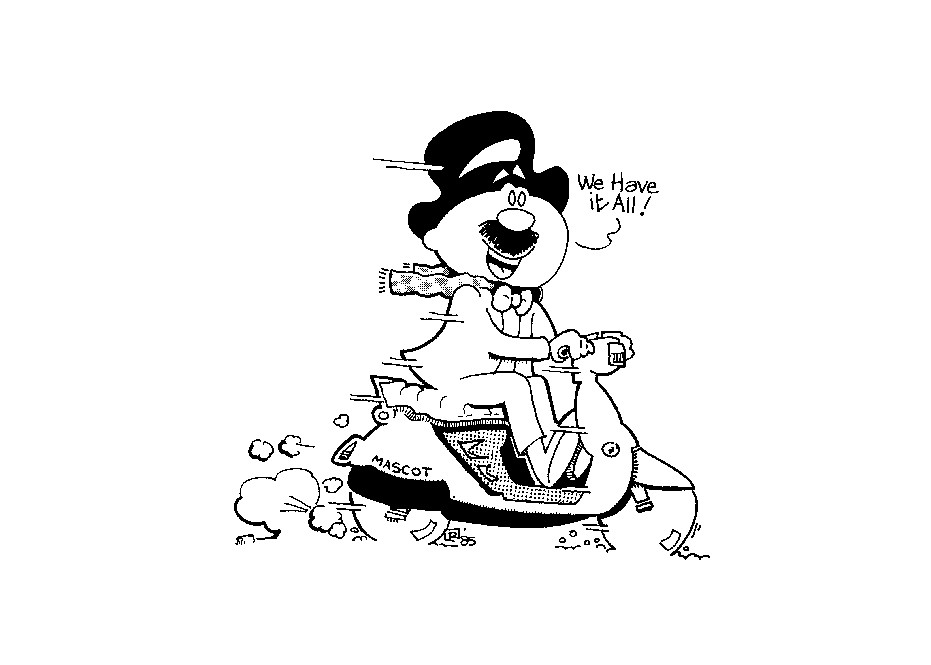
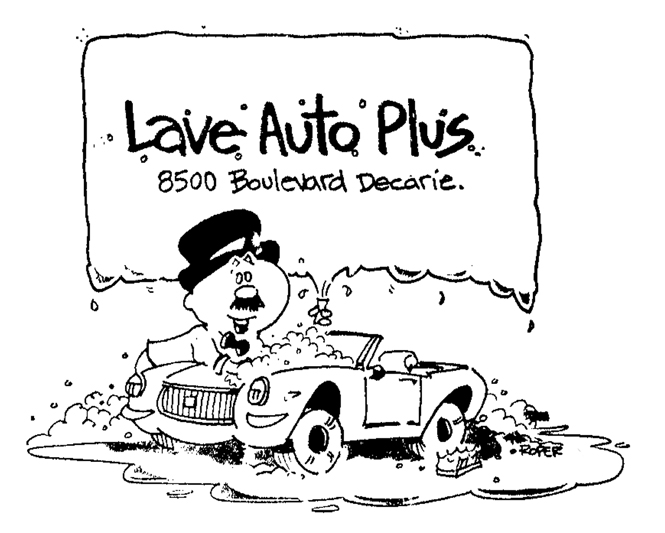
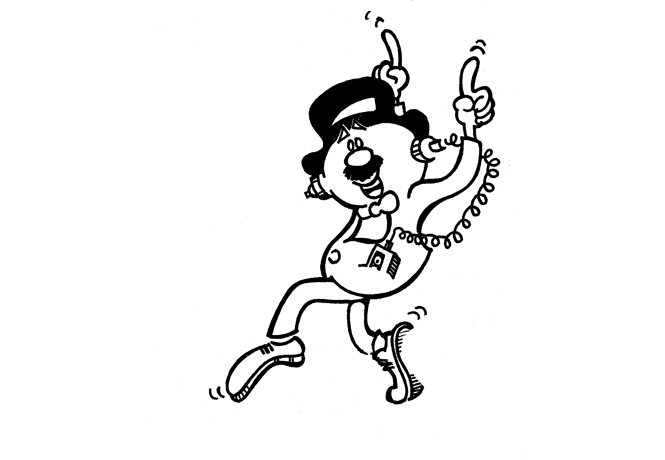
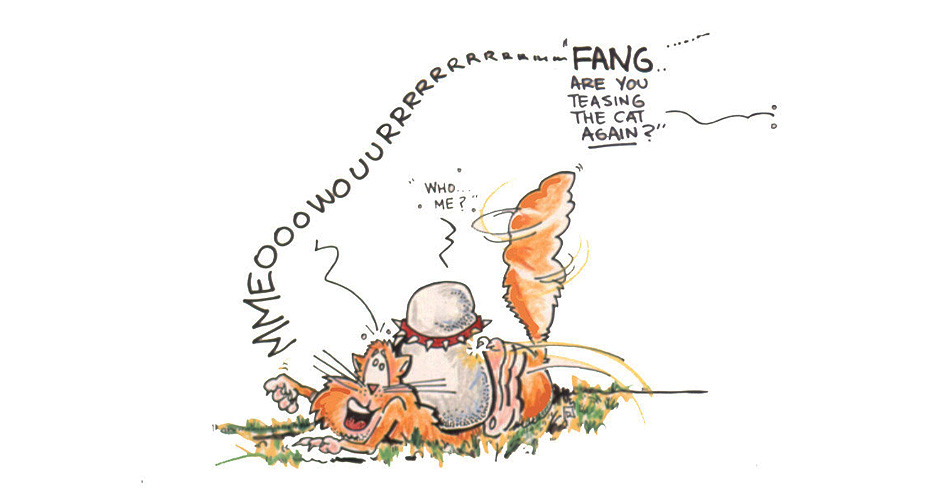

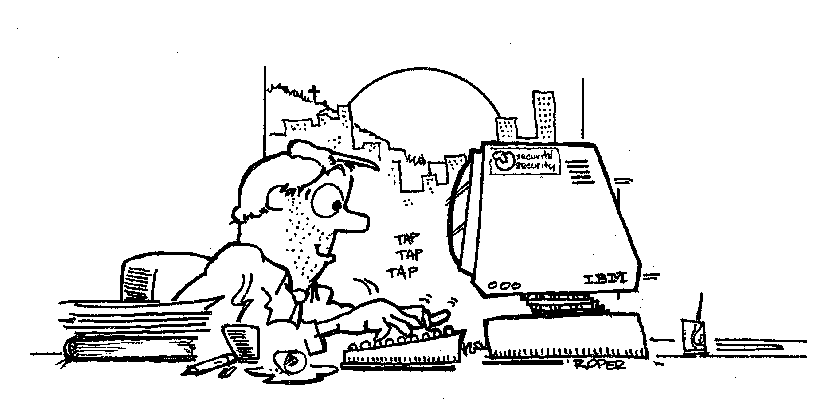
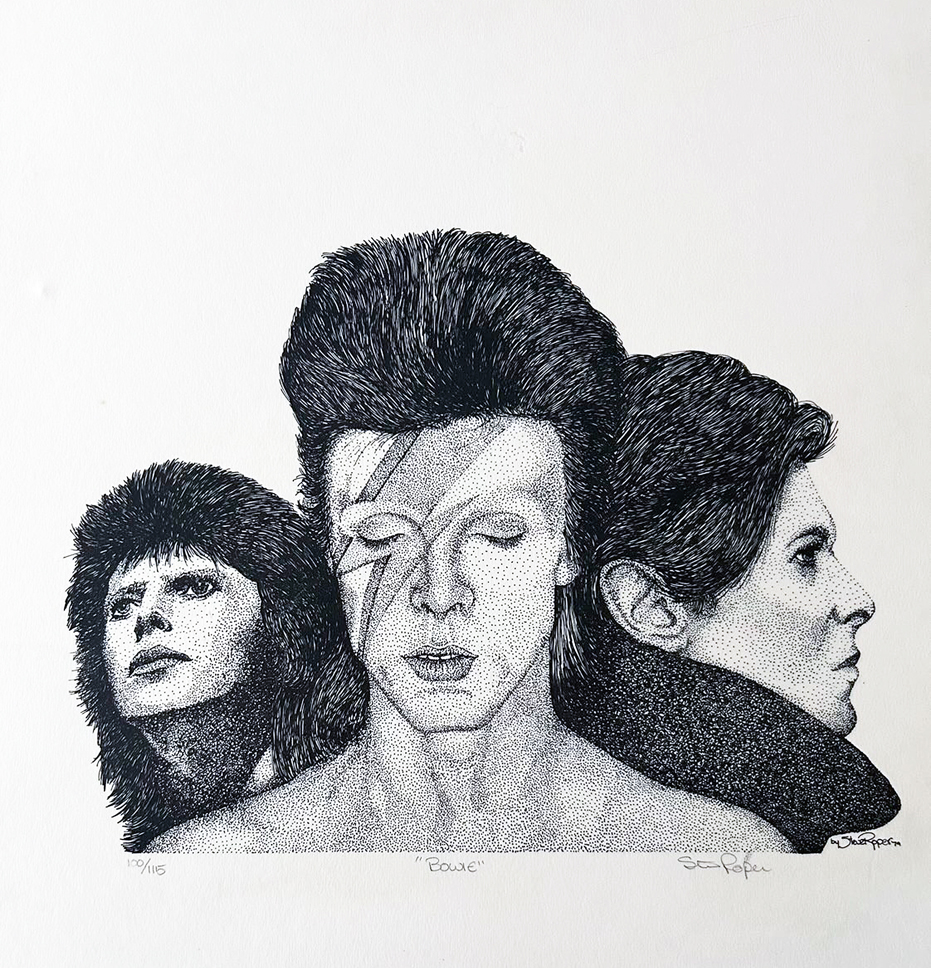
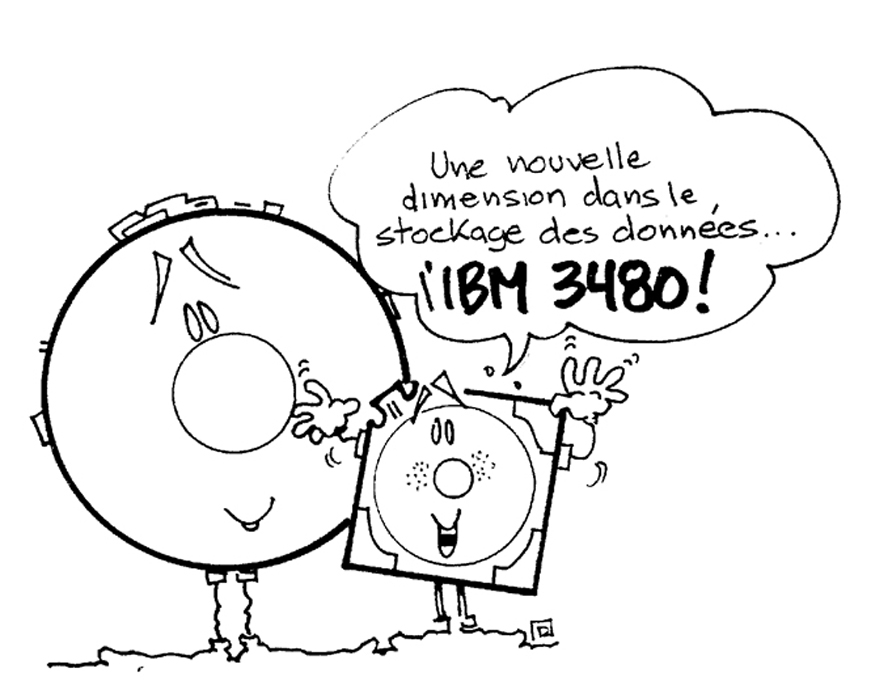
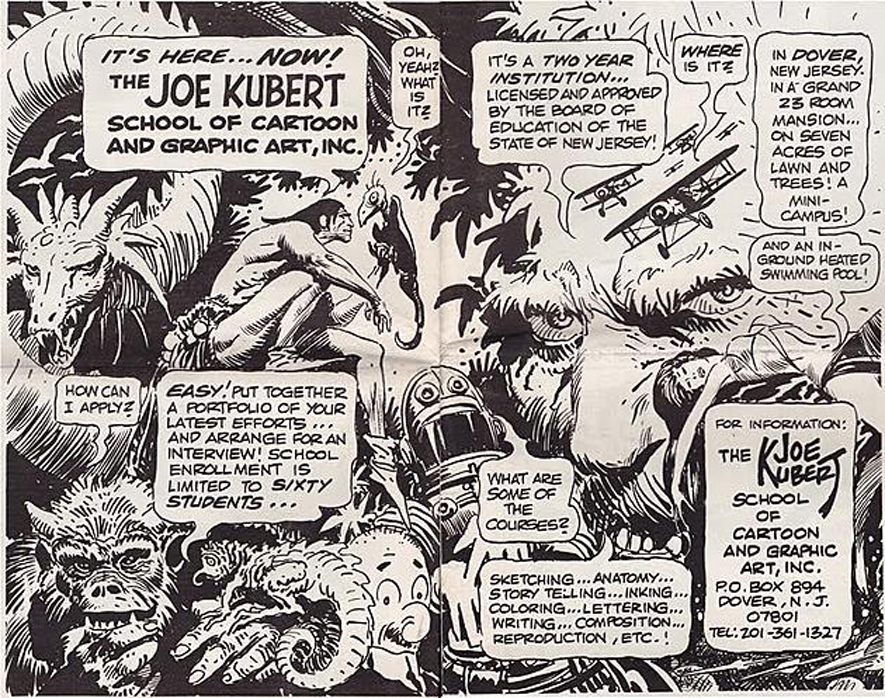

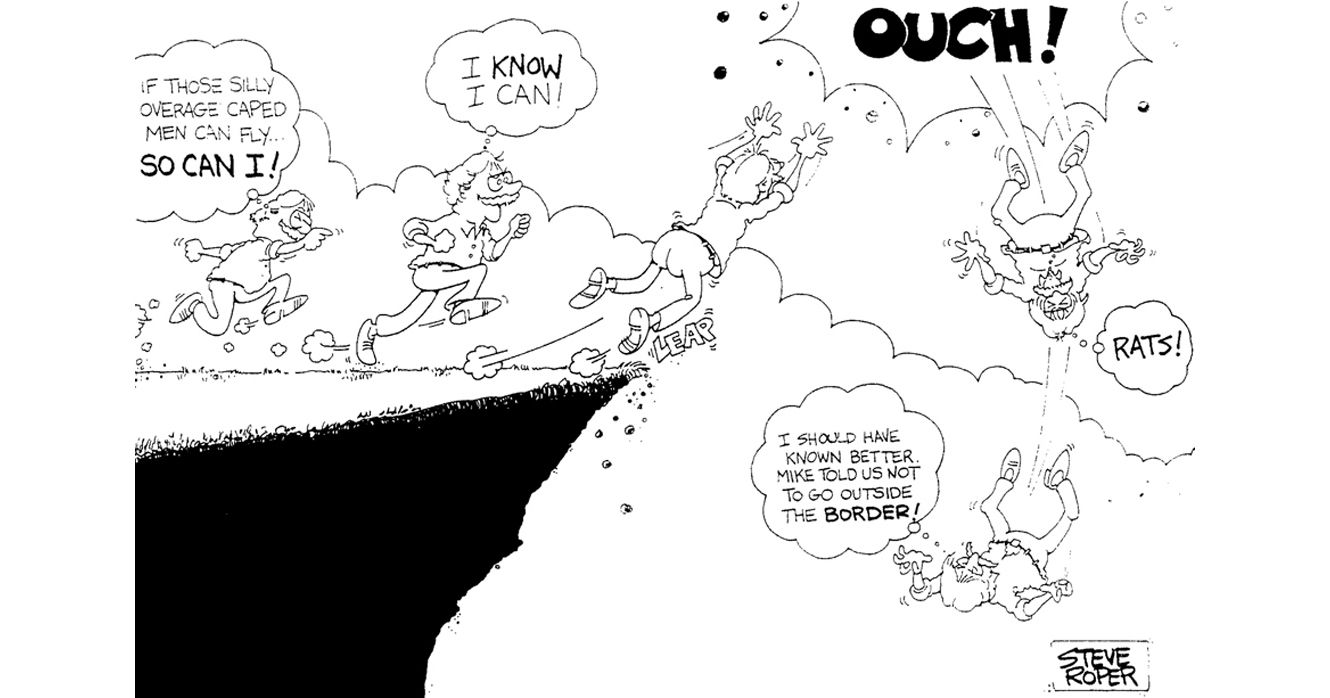
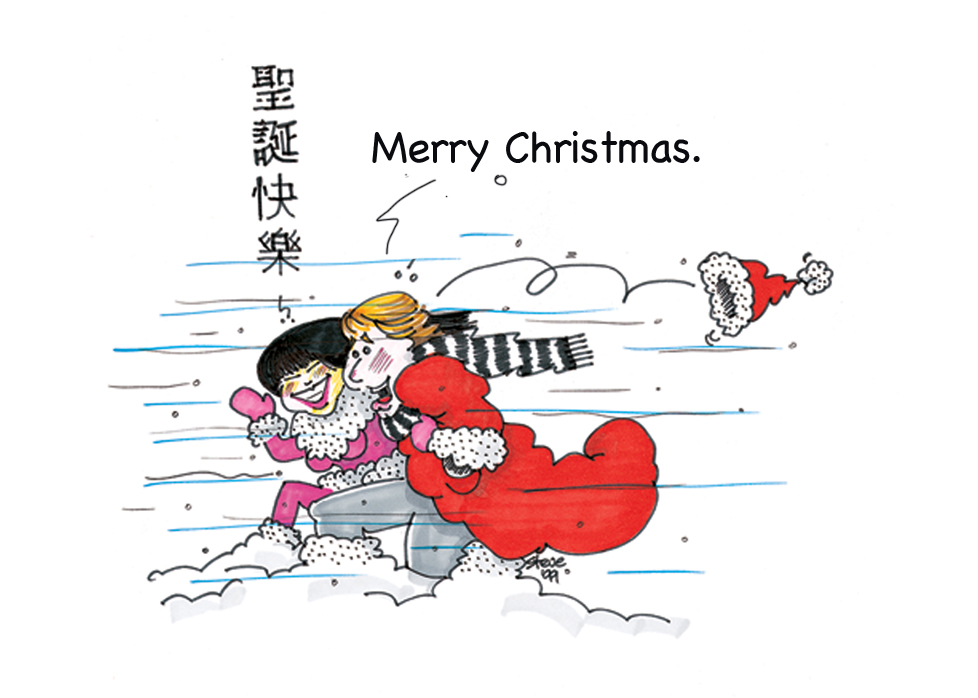
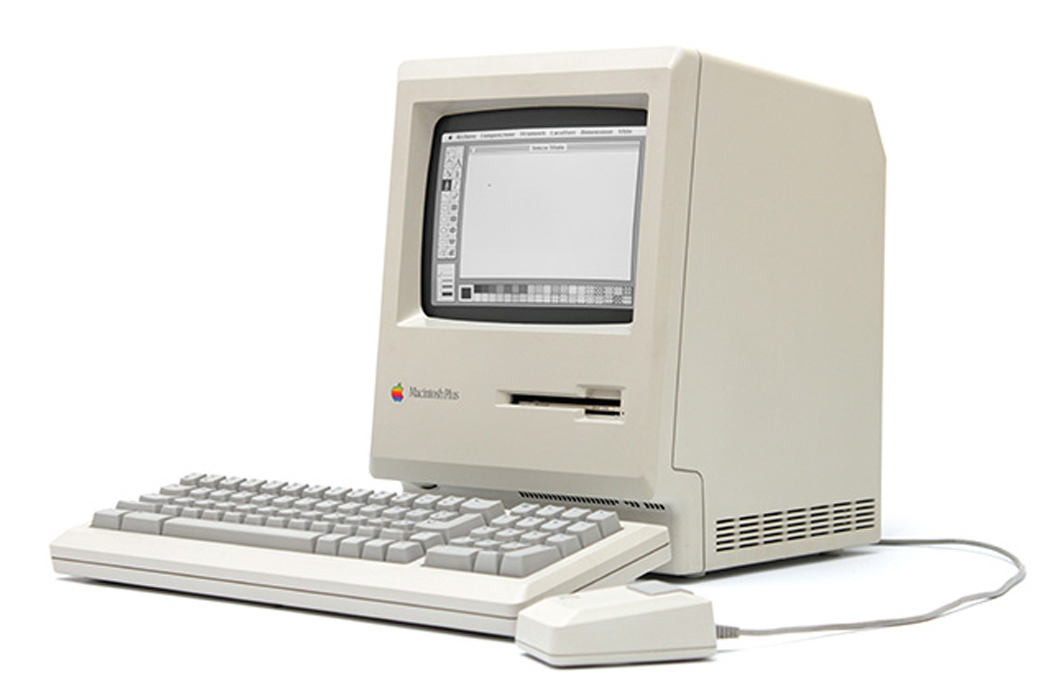

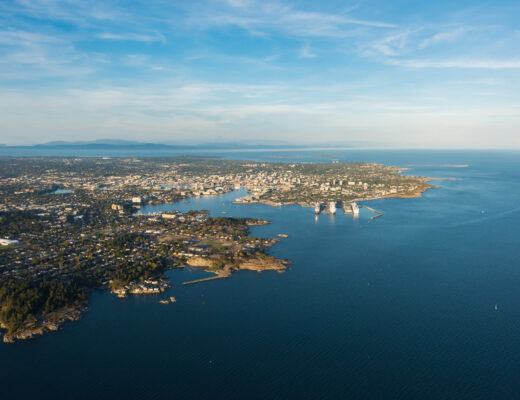
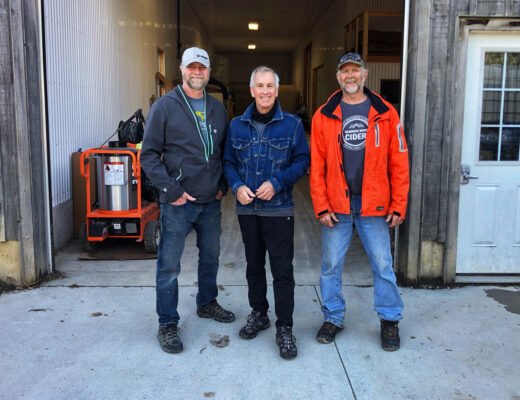

No Comments